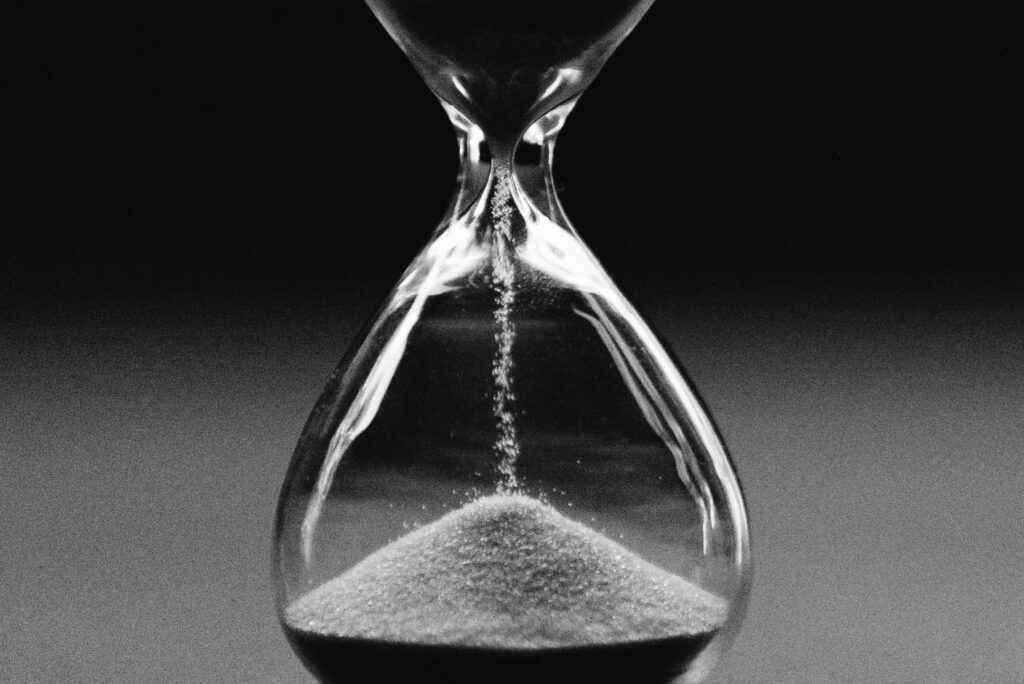Half-Time Team Talks: “Mundane, Repetitive, and Forgettable”
- Guest author: Eamon Devlin (Minute9)
- Various Topics

“If you can't explain it simply, you don't understand it well enough.”
- Albert Einstein (1879-1955)
If you have ever been a player, you’ve likely experienced half-time (HT) team talks that were overwhelming, filled with too much information, too many emotions, and confusing remarks. In the worst case, all of these elements were combined.
Interestingly, elite players frequently experience ineffective half-time team talks, despite them being seen as a vital opportunity for coaches to deliver motivational and tactical insights [1]. This results in players leaving the moment unoptimised [2]. Research suggests that although well-executed half-time talks can positively influence players’ perceptions of their second-half performance, there is still a lack of focus on how players experience and respond to these interactions [3].
A Missed Opportunity
Despite a growing awareness that half-time has shifted from confrontational talks toward a more supportive approach [4], elite players still describe this period as a “missed opportunity.”
Karl, elite football player*: “Half-time talks follow the same routine: too much information, boring, low quality”
James, another football player*: “During half-time talks, I zone out.”
These responses suggest that the routines and methods used by coaches may miss the mark, leaving players disengaged [5]. While previous studies suggest coaches consider themselves “very effective at coaching during intermissions”, players’ perspectives reveal a significant gap in communication effectiveness.
Half-Time advice: To better serve players’ needs and enhance their readiness for the second half, coaches might benefit from the following three tips:
- Recovery time: Allow at least 5 minutes of uninterrupted player time before the coaches enter the space. This period helps players rest, recalibrate, and address physical needs.
- Limit information: The Head Coach should ideally speak to the team collectively for a maximum of 3 minutes, minimizing the potential for information overload. LESS IS MORE.
And use visual aids, such as screens and whiteboards. - Maintain calm and clarity: A calm, composed delivery increases the chances that messages will be understood and remembered by players.
#makeHTbetterforplayers
Eamon Devlin is an Associate Fellow at Oxford University, currently pursuing a PhD on halftime strategies in sports at Leeds Beckett University, England. He holds a master’s degree in psychology from Brunel University, London, and is a former lawyer.
Minute9 is a communication consultancy dedicated to improving coach-player interactions. Utilising data and scientifically proven strategies, Minute9 aims to enhance communication effectiveness, particularly during half-time discussions.
If this article sparked your interest in half-times, and you would like to know more about this or other topics relating to team communication, please contact eamon@minute9.io / www.minute9.io
References
[1] International Journal of Sport and Exercise Psychology article: Link
[2] Sport Coaching review article: Link
[3] International Journal of Sports Science & Coaching article: Link
[4] International Journal of Sports Science & Coaching article: Link
[5] The Sport Psychologist article: Link
* Player quotes: Minute9, research analysis, 2024
